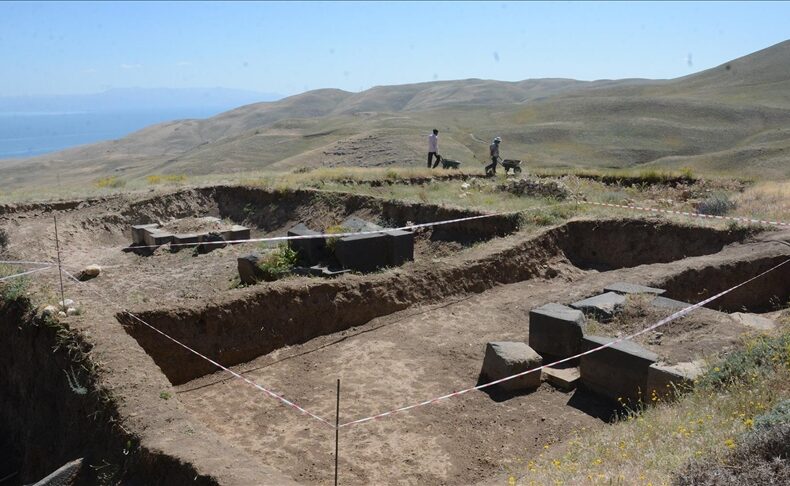
2,700-Year-Old Urartian Columns Unearthed at Kef Castle: A Discovery Shedding Light on Anatolian History
Archaeological excavations at Kef Castle, located in the Adilcevaz district of Bitlis province, have revealed a stunning discovery: 49 massive “elephant foot” columns, dating back nearly 2,700 years to the Urartian period.
Perched on the slopes of Mount Süphan and overlooking the breathtaking Van Lake, Kef Castle was built by King Rusa II of the Urartian Kingdom, one of the most prominent civilizations of Eastern Anatolia.
The ongoing excavations, carried out with the permission and support of the Turkish Ministry of Culture and Tourism, are led by Assoc. Prof. Dr. İsmail Coşkun from the Archaeology Department of Van Yüzüncü Yıl University. This season’s efforts have been concentrated in the main hall area of the castle, believed to have served as a space for royal banquets and ceremonies.
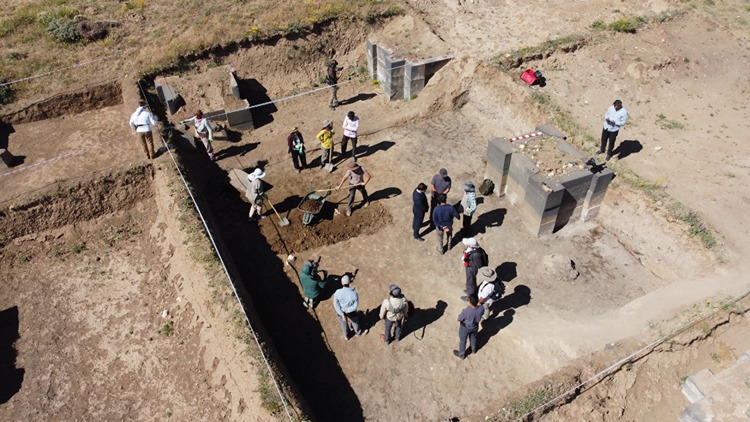
Monumental Architecture Revealed
So far, archaeologists have uncovered 49 columns, each approximately 1.5 meters (5 feet) high, which served as the structural foundation for the ancient hall. These architectural elements, nicknamed “elephant feet” due to their shape and size, provide rare insights into Urartian engineering and ceremonial architecture.
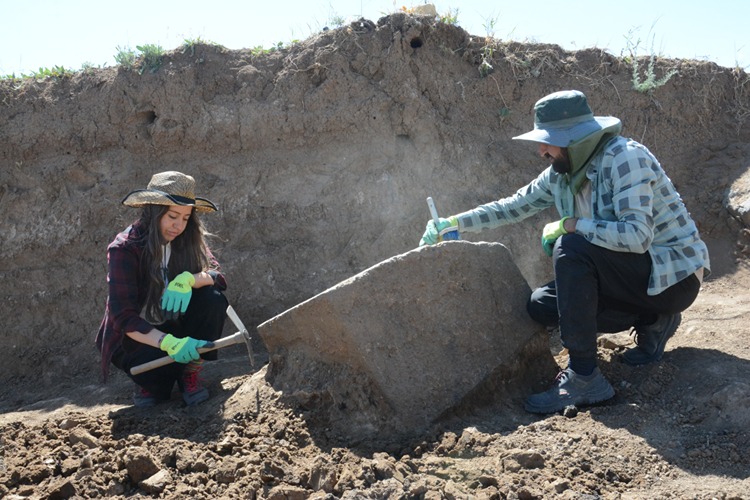
“We’re working with a dedicated team of 18 archaeologists and urban planners,” said Dr. Coşkun. “The presence of kitchen areas and animal bones supports the theory that this hall was used for large-scale feasting and rituals. Our goal is to fully uncover the entire layout of the hall.”
A New Global Attraction in the Making
Adding a global perspective, Dr. Ömer Tanyürek of Hakkari University highlighted a striking connection: “We found similarities between the Urartian god Haldi figures and archaeological findings in Peru and Bolivia. It was quite moving to hear about Kef Castle and Lake Van while in Peru—a country visited by millions of tourists each year. This region has the potential to become an international cultural destination.”
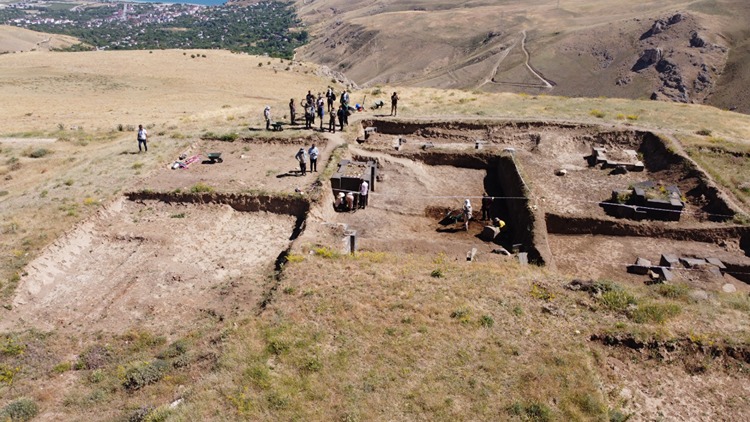
A Legacy of Color and Stone
Previous excavations at Kef Castle have also unearthed a unique pigment known as “Urartian blue”, a vibrant color that once adorned the castle’s interiors. Now, with the discovery of these monumental columns, the site is gaining new significance not just for Turkish archaeology, but for world heritage.
You may also like
- A 1700-year-old statue of Pan unearthed during the excavations at Polyeuktos in İstanbul
- The granary was found in the ancient city of Sebaste, founded by the first Roman emperor Augustus
- Donalar Kale Kapı Rock Tomb or Donalar Rock Tomb
- Theater emerges as works continue in ancient city of Perinthos
- Urartian King Argishti’s bronze shield revealed the name of an unknown country
- The religious center of Lycia, the ancient city of Letoon
- Who were the Luwians?
- A new study brings a fresh perspective on the Anatolian origin of the Indo-European languages
- Perhaps the oldest thermal treatment center in the world, which has been in continuous use for 2000 years -Basilica Therma Roman Bath or King’s Daughter-
- The largest synagogue of the ancient world, located in the ancient city of Sardis, is being restored

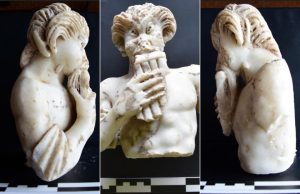
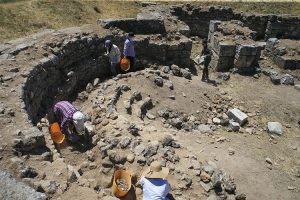
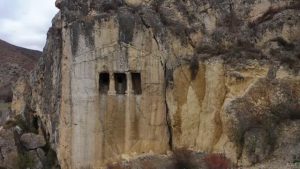
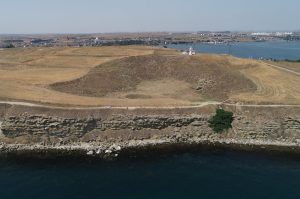
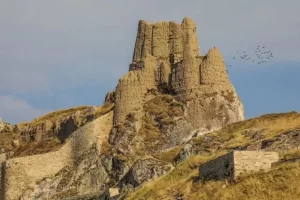
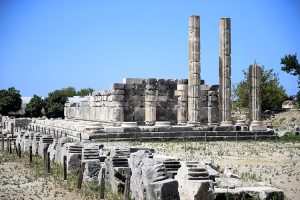


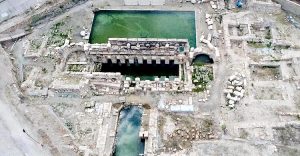
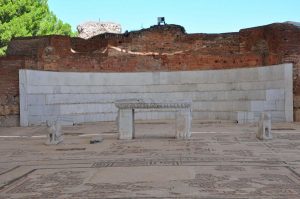
Leave a Reply